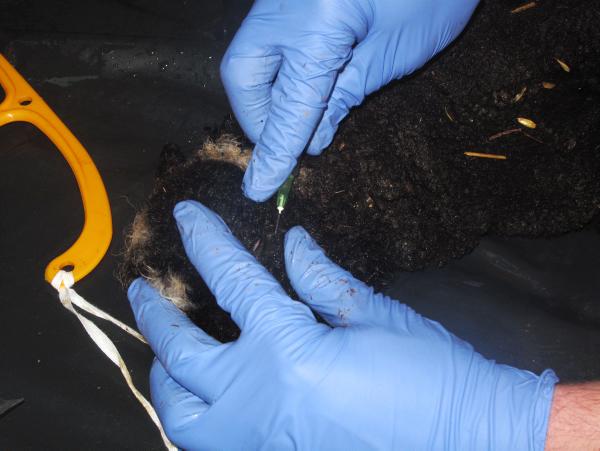Farmers often believe that the condition photosensitisation is due to sunburn and therefore are curious as to why cattle are suffering from it when there appears to be little sun this year.
Sun or, more correctly, ultraviolet light, is a factor in this process, but it is only one component of a complex process. More importantly, daylight is enough to contribute to this condition – you don’t need bright sunshine.
Photosensitisation can be divided into two categories- primary and secondary.
The primary form is when the animal eats a weed or a plant such as St John’s wort. The weed contains a photodynamic agent which enters the circulation system and some ends up in the cells of the skin. When these cells come in contact with UV light, energy is released. This energy kills the cells and hence the skin dies.
The secondary form is when the liver of the animal is damaged for whatever reason (liver fluke, abscess, age). When the liver is not working correctly, it doesn’t remove a metabolite of chlorophyll, a component of grass, that causes damage to the skin in the same way as described earlier.
Only white parts of the skin are affected usually, as increased pigment in darker skin creates increased protection from UV light.
It is easy to diagnose this condition as the dying skin is easy to see on the body and the discomfort and pain associated with severe dermatitis are obvious. The first part of treatment is to house animals away from direct sunlight and fly populations. Treatments for secondary bacterial infection of the skin, pour-on to attempt to keep flies at bay, pain relief and maybe vitamins and a liver fluke dose to help the recovery of a compromised liver are often used.
The prognosis depends on whether it is primary or secondary photosensitisation. In the primary form, housing the animal and treating the symptoms will usually be enough. In the secondary disease, if the liver is badly damaged, this will affect healing and thrive in the future.
Sean Coffey works at Mulcair Vet Clinic, Newport, Co Tipperary. Mulcair Vet Clinic is part of XLVets. XLVets is a group of progressive practices who are working together to achieve a better future for agriculture and veterinary in Ireland. See www.xlvets.ie






 This is a subscriber-only article
This is a subscriber-only article





SHARING OPTIONS: